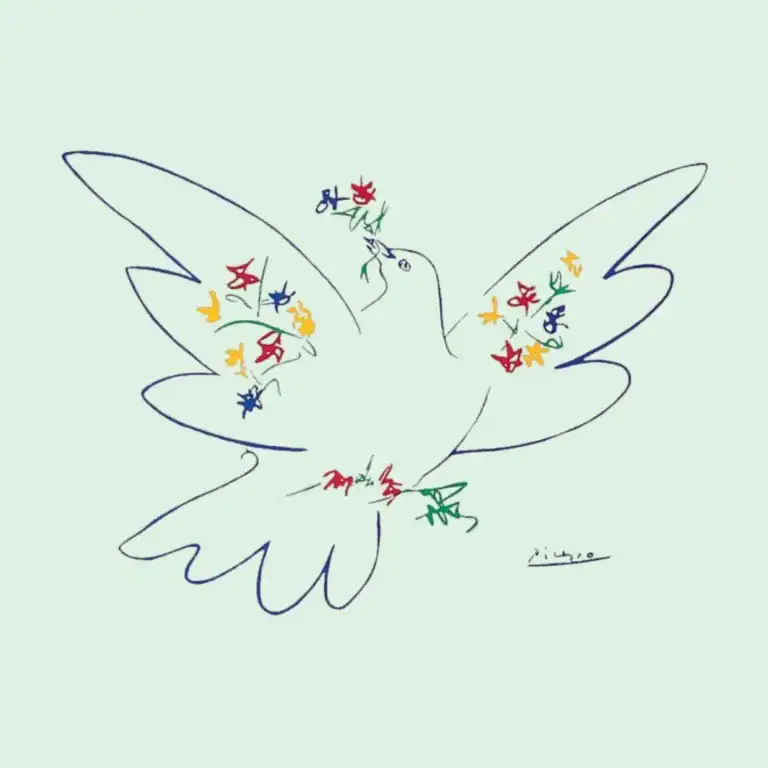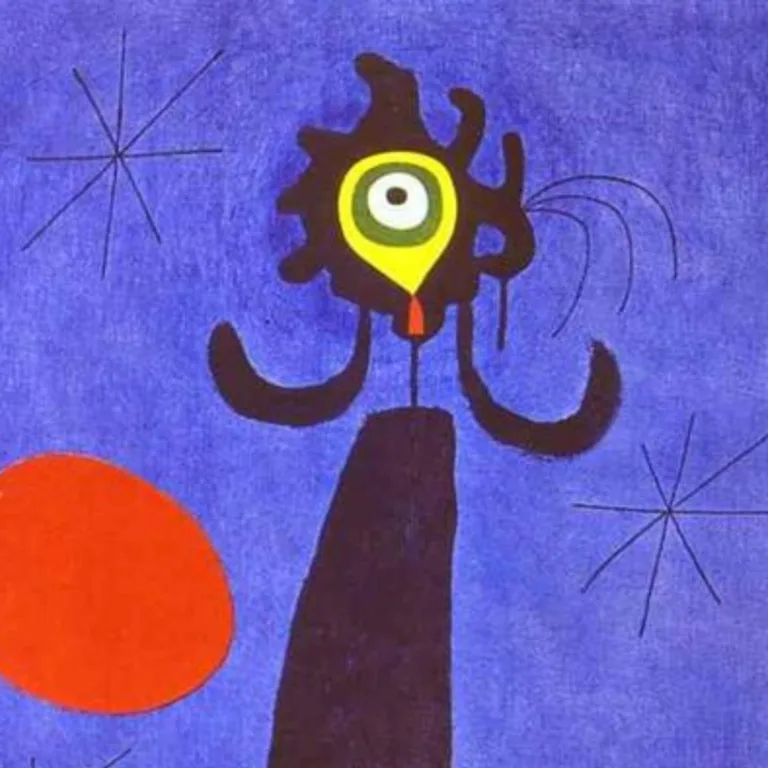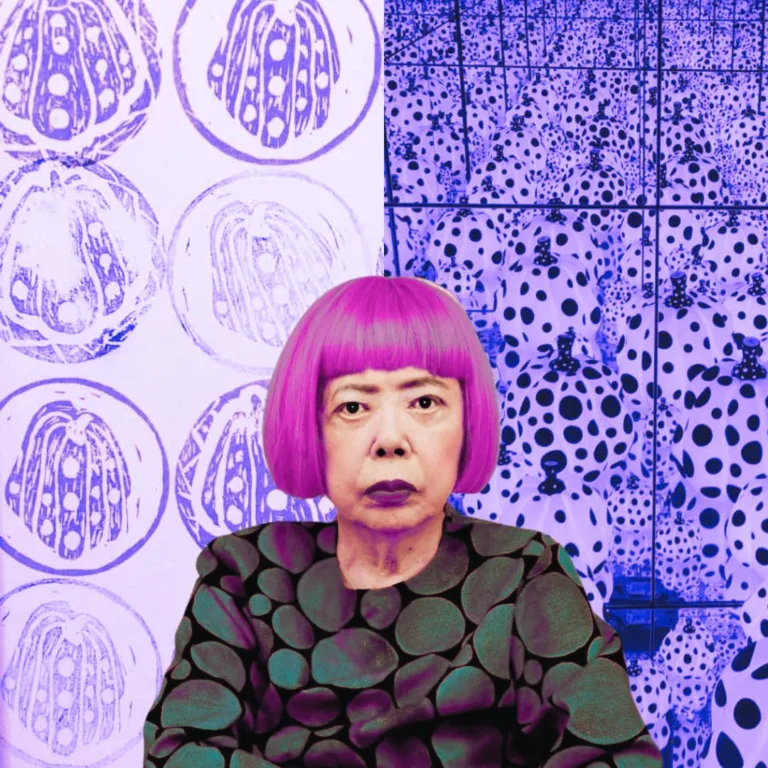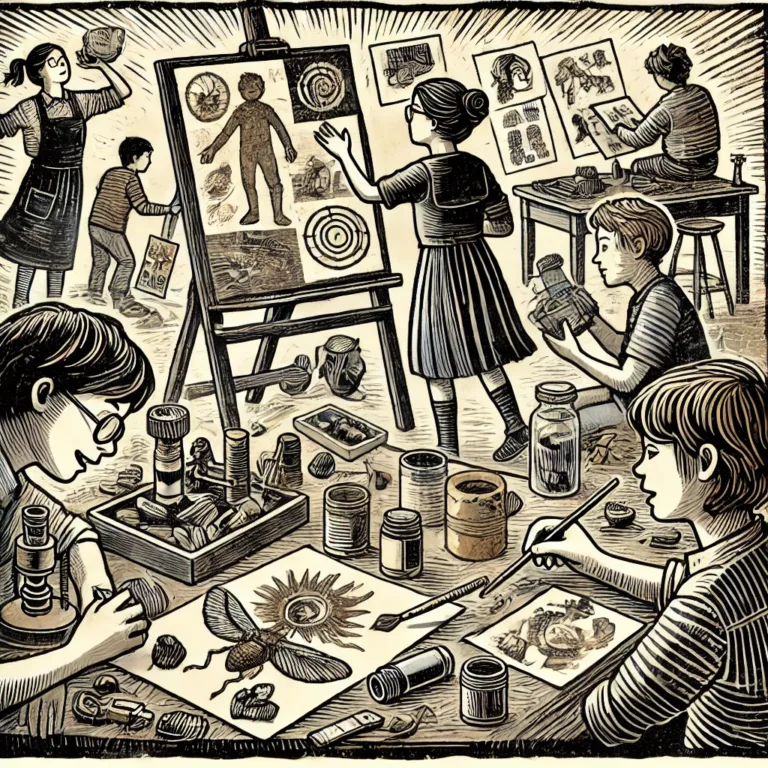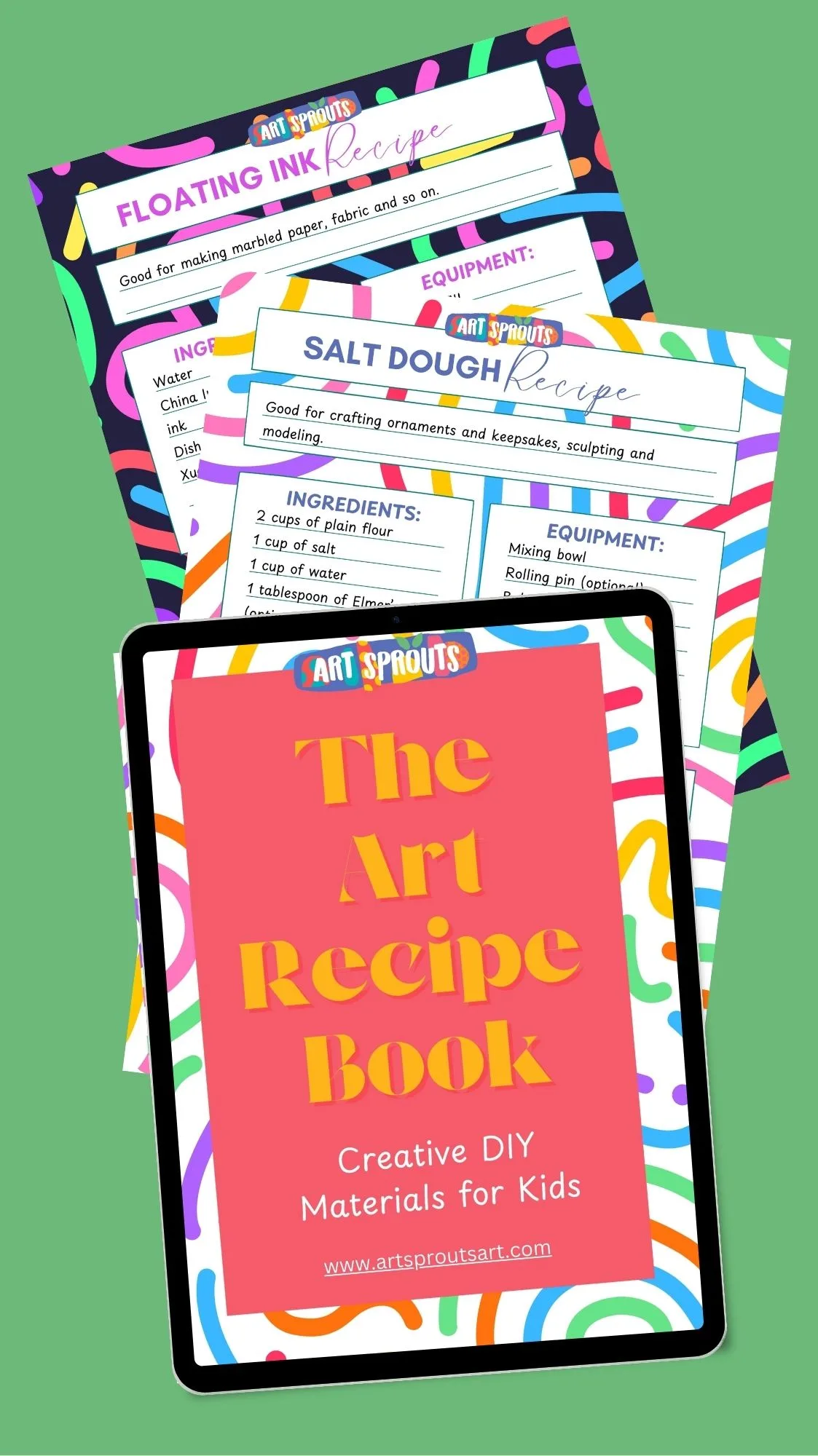Best Children’s Art Supplies: the Teacher-Recommended List
I still remember the early days of our studio when we only had one weekly class, and we had to buy supplies and tools for each lesson.
With a little budget, we had to find creative ways to substitute, stretch, and reuse materials across multiple classes. As we grew over the years to include ten courses, five teachers, and over 150 children, we were able to put together a pretty good stock and buy in bulk.
However, those scrappy early days taught me quite a few tricks when it comes to supply dupes and hacks, favorite brands, and which materials are a must-have and which can be skipped.
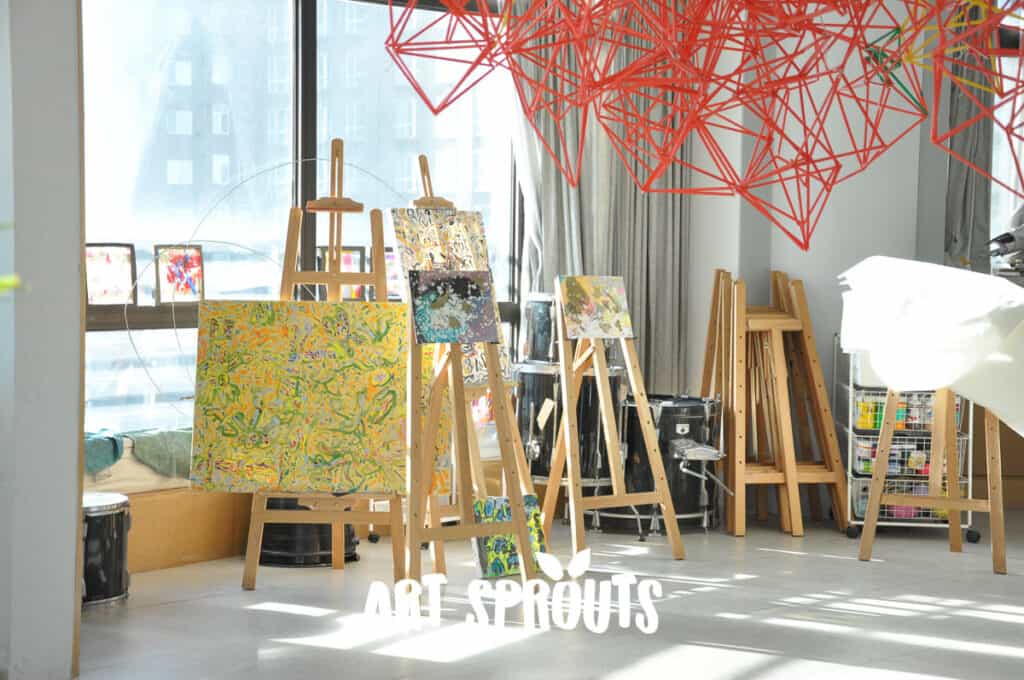
But let me start with a preface and a confession.
I don’t buy children’s supplies.
Controversial, I know.
I’ve tried, I swear, but I find them to be unnecessarily expensive, especially when we consider the abysmal quality. Most of the teachers at the studio were students and professors at the art academy, so access to proper art supplies had never been an issue. I understand the purpose of children’s supplies at home, when children may be using them unsupervised, but that should not be the case at a studio or at school. Guache, watercolor, and water-based pigments in general, are pretty safe materials, and “grow-up” supplies offer better ranges of colors and prices.
But let’s move on to the staples and my absolute favorites.
Table of Contents

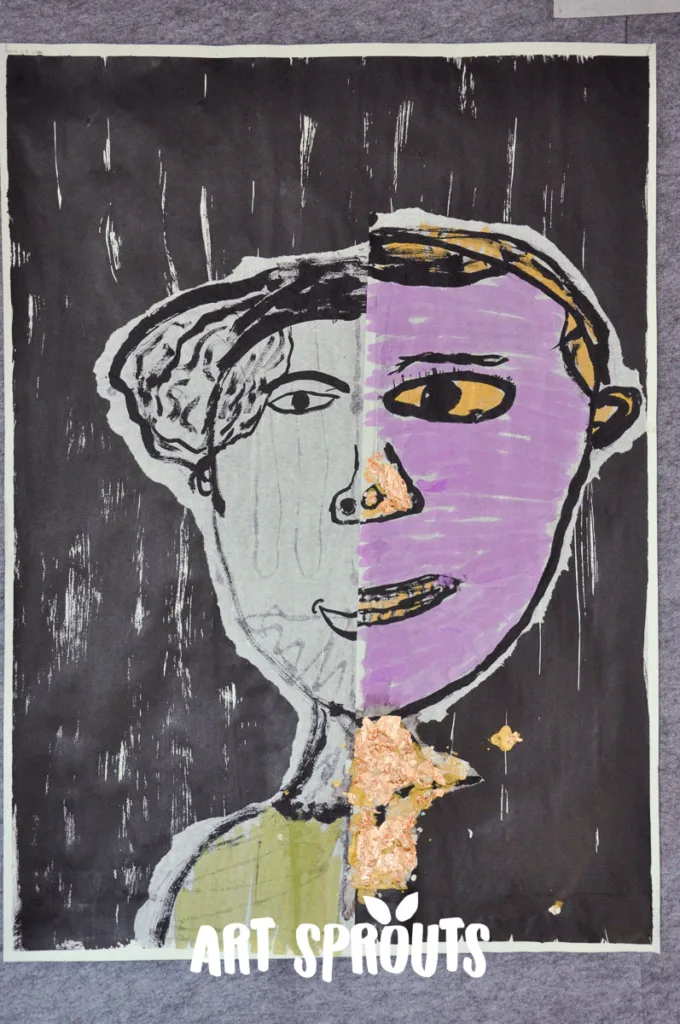

Paper Supplies
I think we went through almost 10 years of teaching with only two kinds of paper: large-format drawing paper and Xuan paper.
We would try to buy large sheets and cut them according to needs. This way, we never had to stock multiple paper formats and could easily reuse scraps for different projects such as collographs.

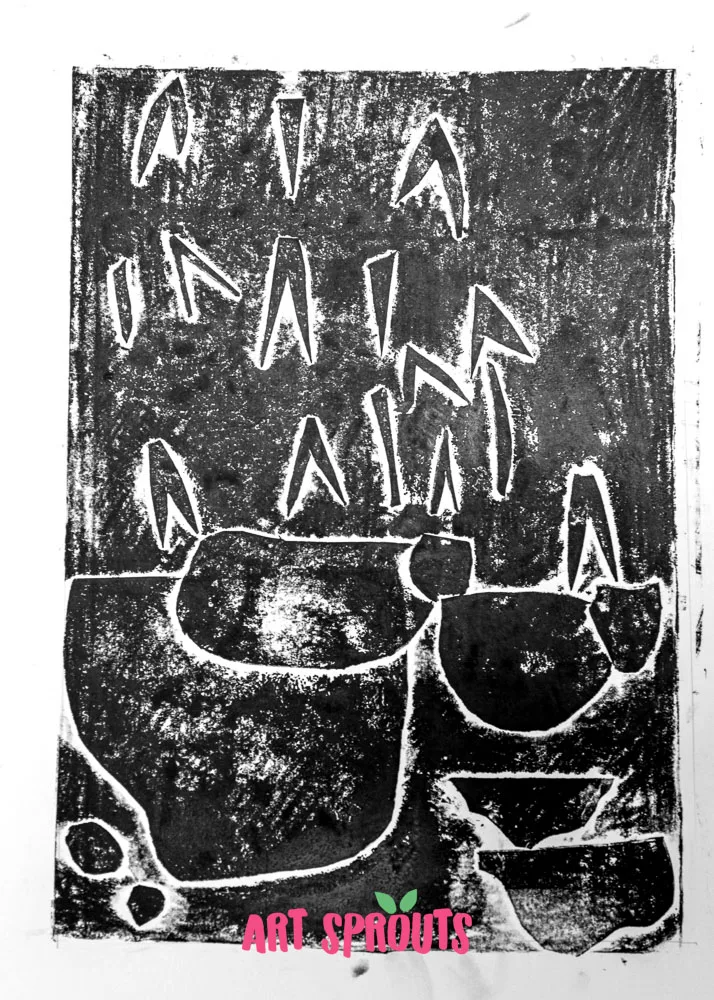

Xuan paper, also known as rice paper, is a type of traditional Chinese paper made from the bark of the rice plant. It is known for its durability, absorbency, and ability to hold ink without bleeding. It is a miraculous paper. It can be entirely dipped in water without breaking and will dry out perfectly flat. Sheets don’t stick to each other when wet, allowing experimentation with a multitude of fun techniques such as ink pouring, Chinese ink painting, frottage, and many more.



Other useful paper supplies to keep on hand:
- Watercolor paper (I like the Canson brand)
- Color construction paper
- Colored Tissue paper
- Cardboard and Scrap paper
- Paper rolls for doodling and free drawing
Shop the List:
Washable paints (AKA Water-base pigments)
As a general practice, I avoid using oil-based pigments.
Here are some of my favorite water-based color supplies:
- Gouache and tempera paint
- Watercolors (we choose tubes with the little ones and good quality dry palettes for older kids)
- Calligraphy Ink and Chinese painting pigments
Shop the list:
The difference between gouache and tempera colors
Both gouache and tempera are water-based paints, but tempera contains egg yolk or similar substances as a binding agent. Both can be diluted with water, but tempera has a smoother, more opaque finish. When dried, gouache can be reactivated with water, while tempera cannot.
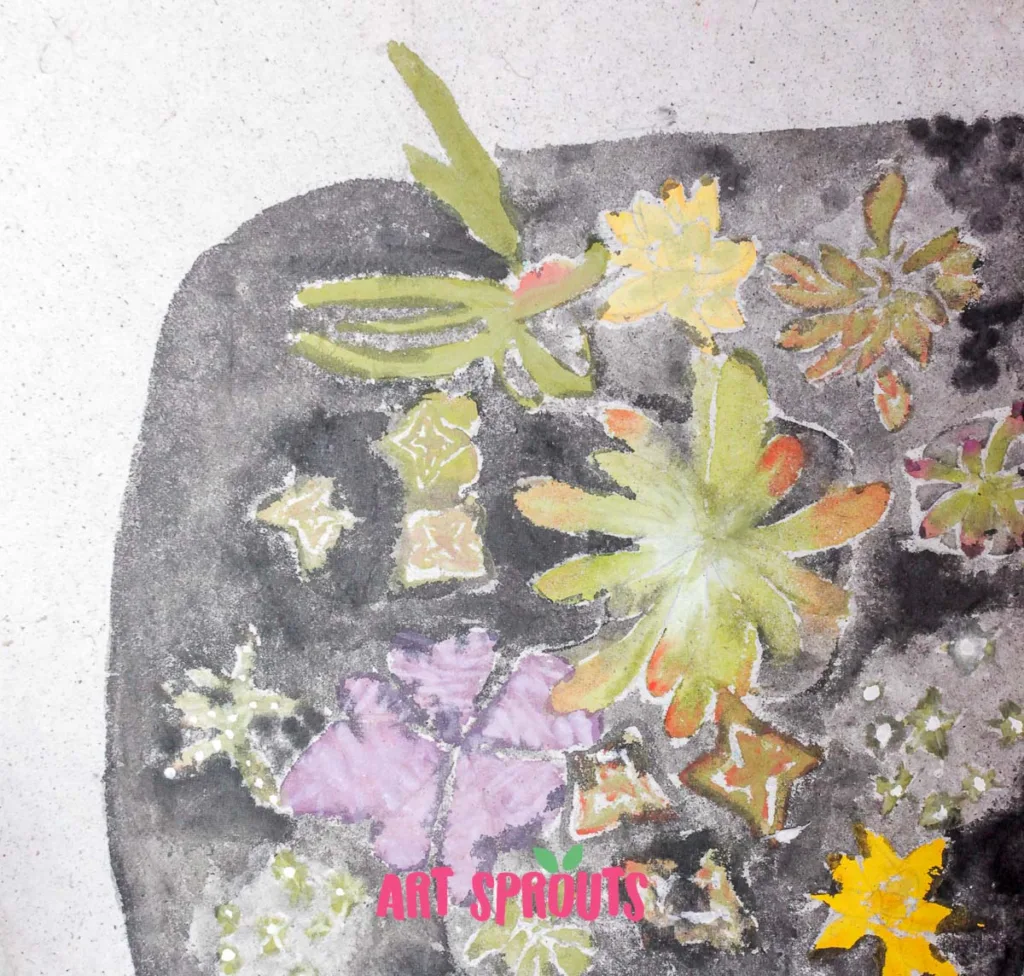
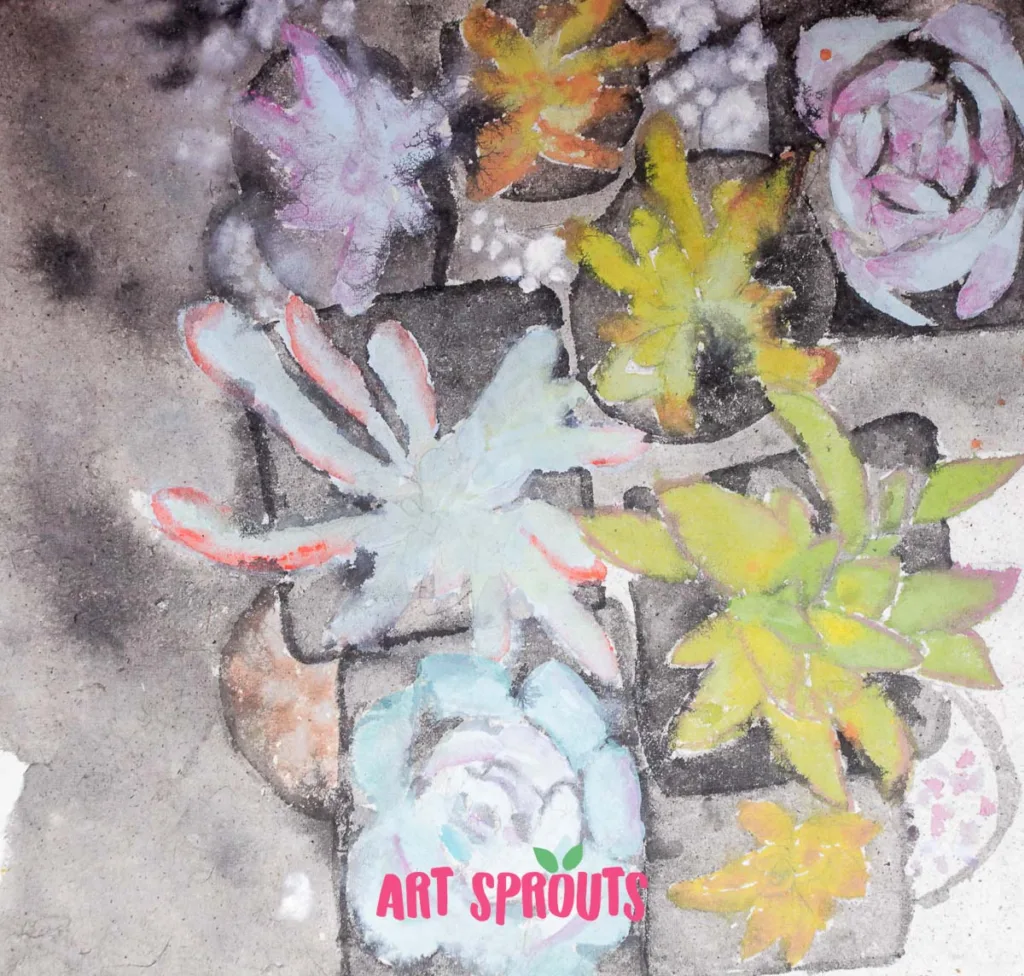
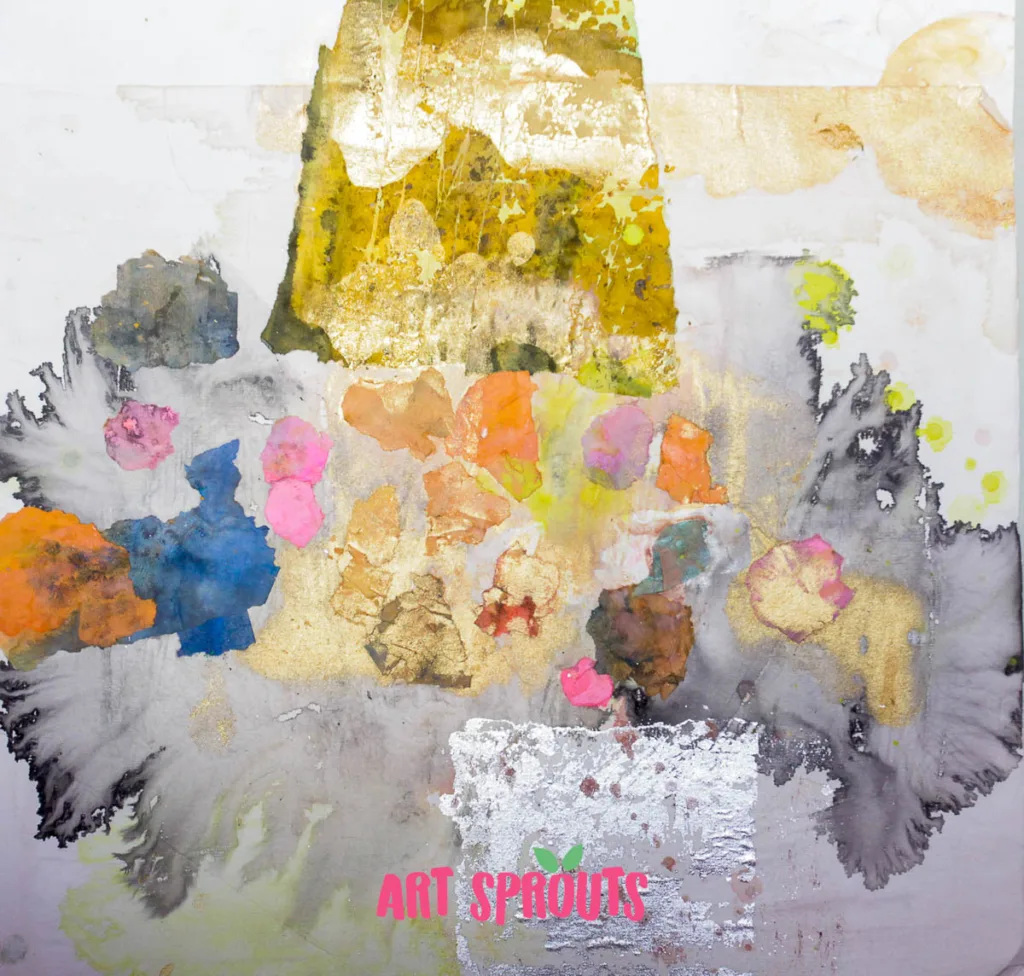
Some tips and tricks to optimize use and prolong the life span of your supplies:
In our studio, we follow an “art exploration” approach that focuses mostly on techniques, experimentation, and processes rather than traditional drawing and painting skills. We encourage our students to limit their palette to just two or three colors, which allows them to focus on shapes, composition, patterns, textures, and materials. This approach also helps reduce waste and minimizes the chances of colors getting dirty or muddy, especially bright and light ones.
Once the kids have chosen their palette from our vast selection of tubs, we help them pour the necessary amount onto plastic trays. We use something similar to this, but there are plenty of alternatives available online.
Save for later:
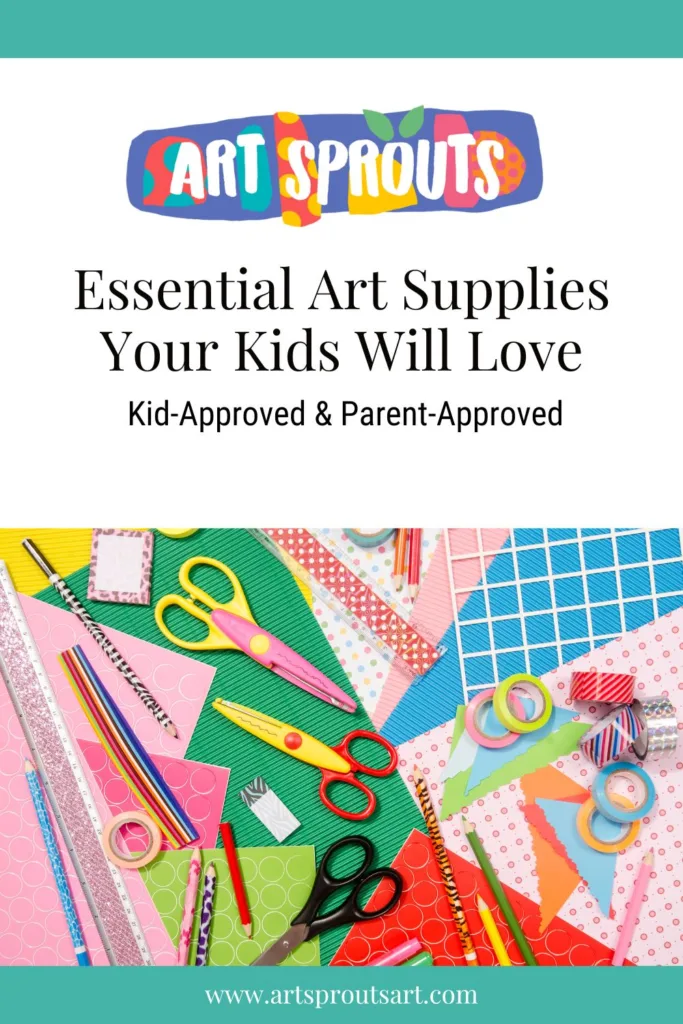
On China ink and Chinese painting colors
As our studio was located in Beijing, China, ink painting played a significant role in our curriculum. In addition, we used calligraphy ink and Chinese painting pigments for various projects. These paints are highly pigmented and dissolve easily in water, making them ideal for science-inspired projects, Japanese floating ink, and paper marbling. Chinese painting ink is also an excellent substitute for watercolor, especially when used with Xuan rice paper.
Do note that calligraphy ink is not easily washable from clothes and surfaces, so handle it with care!

Non-washable paints
Acrylic paint, oil paint, and print-making ink belong to this category. Despite the challenges they may pose, each of these paints serves a specific purpose in the art curriculum and is indispensable for certain projects.
Here are some of my personal favorite paints:
Along with a list of essential solvents and cleaning agents:
Shop the list:
Print-making supplies
Print-making classes were always a favorite of ours at the studio. Following the Asian tradition of block printing, we often incorporated this technique into our curriculum, adapting it for children as young as six years old. We used both rubber and wood as carving mediums and also experimented with alternative printing techniques such as collographs and screen printing. Most of our prints were made on Xuan paper, a delicate paper that allowed us to create rubbings and prints without the need for a printing press. We usually spread paint using reclaimed ceramic tiles, with cheap subway tiles being the perfect choice.


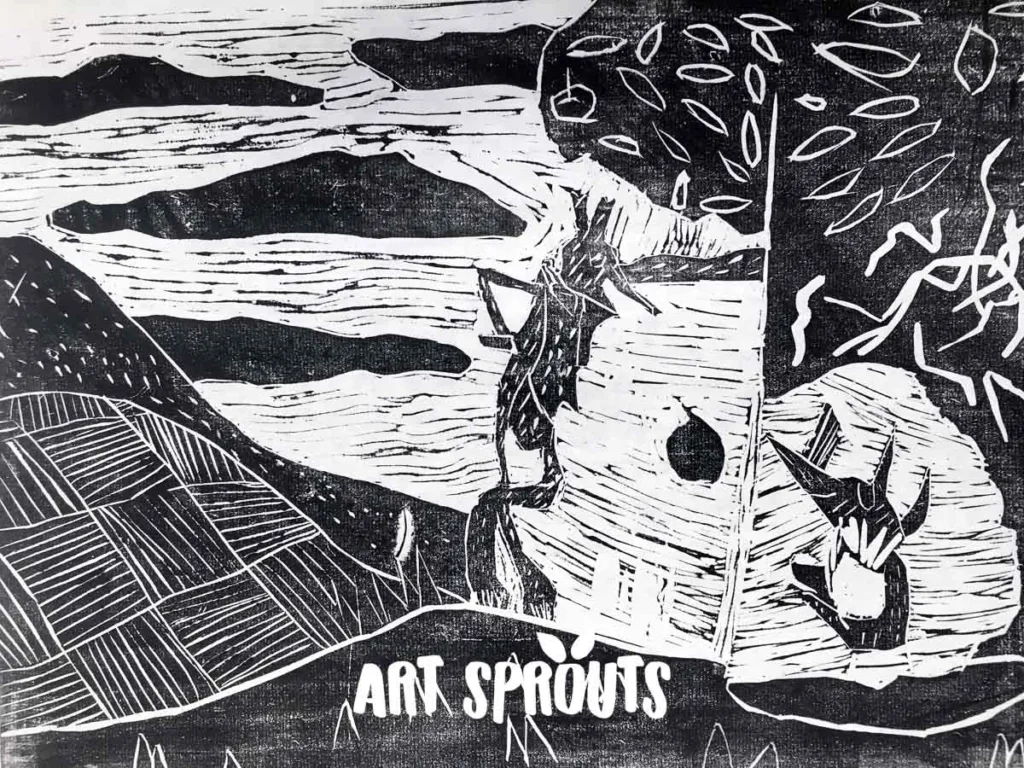
Here is a list of essential supplies to get you started with block printing:
Shop the list:
Crayons
They are versatile and inexpensive, allowing for an almost infinite range of projects and explorations. One of my favorite combinations is with watercolor to create water-resist art, which is also a great activity to introduce scientific concepts such as hydrophile and hydrophobic properties.
Kids never ceased to be amazed seeing their white doodling popping out with watercolor, so white-colored crayons were always the first to disappear.
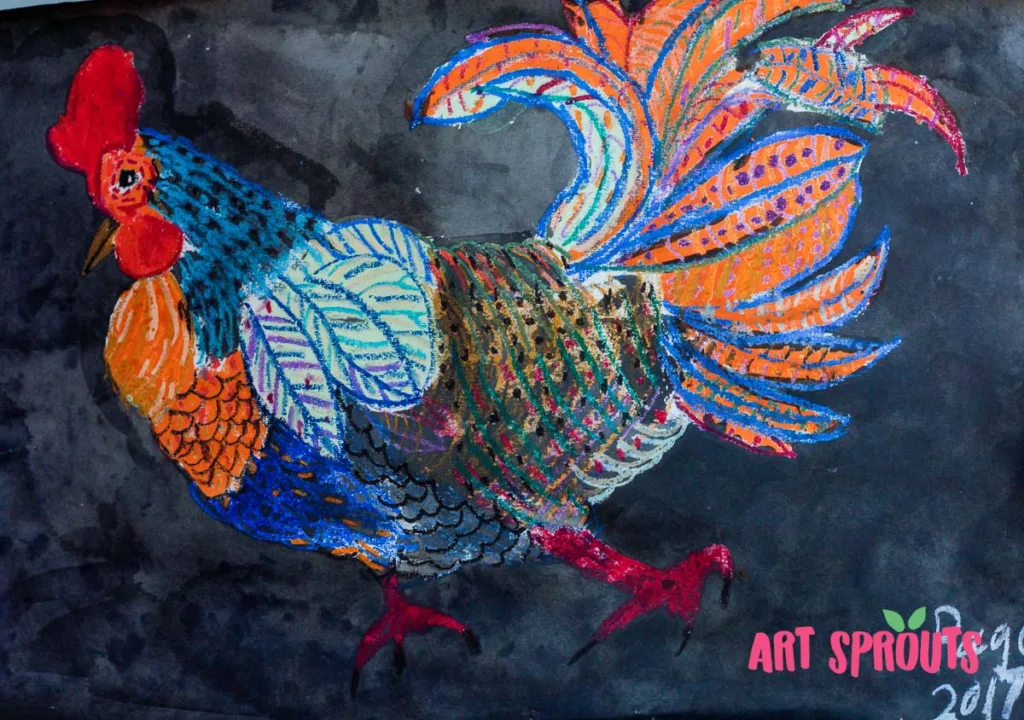
Here are my favorite ones, along with a set of only whites for water-resist art.
- CRAYOLA CLASSPACK CRAYONS: Features 256 Triangular Crayola Crayons in 16 assorted colors.
- TRIANGLE CRAYONS: Triangular crayons offer an easy-grip shape and promote a proper writing grip!
- ORGANIZED STORAGE: Crayons are separated into individual sections by color in the organized storage box.
- WHITE CRAYOLA CRAYONS: Features 12 Classic Crayola Crayons in White.
- BULK CRAYONS: Crayola Single Color Crayon Sets are the perfect way to re-stock your art supplies! Instead of buying a wh…
- STRONG & DURABLE: Crayola Crayons are double wrapped so they can stand up to even the most enthusiastic artists.
Drawing supplies

Essential drawing supplies:
Shop the list:
Eraser or no eraser?
In our studio, we generally avoid using erasers. We believe this helps kids focus more on the process rather than fixating on small mistakes. Without erasers, children are encouraged to work through imperfections, often finding that what they thought was an error can lead to new and unexpected outcomes. This approach also teaches them to embrace their creativity without worrying about making everything perfect.



Sculpting supplies
We use a variety of sculpting materials, with polymer clay, foam clay, traditional clay, and plaster being the most common. While plaster might not be a typical kids’ supply, we found it to be a fantastic material with proper supervision. We did countless projects with plaster—molds, stamps, and frottage were some of the kids’ favorites. We’d go through 50 kg bags of plaster every year! The kids loved the process of mixing it, watching it harden, and feeling the warmth it generates. Plus, it’s a great STEAM project.
Ceramics also played a big role in our studio, especially since we were based in China. We often used public kilns to fire the kids’ work. Most of our projects were small-scale to avoid issues like cracking or breaking in the kiln. We’d sculpt, glaze, and fire the pieces every few months, making it a really engaging part of our curriculum.
Save for Later:
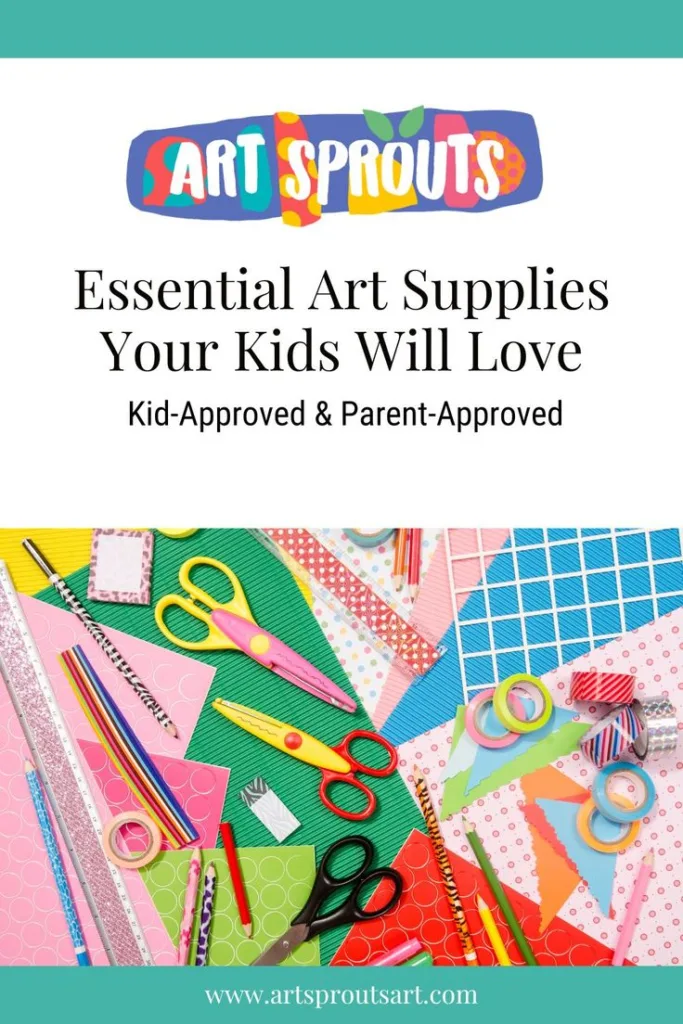
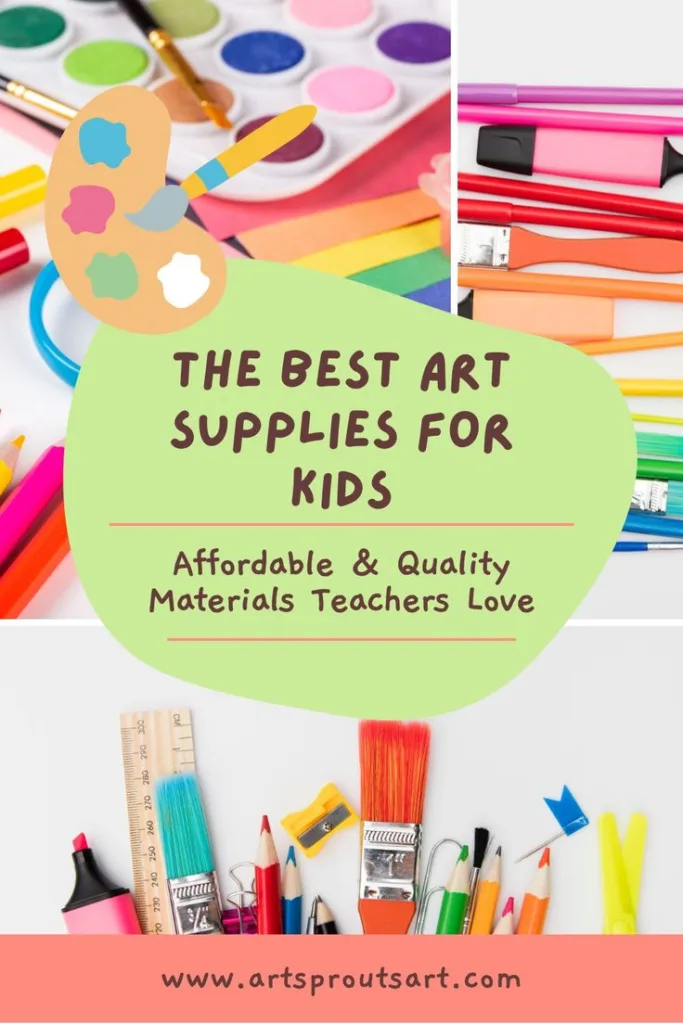
Essential sculpting supplies for kids:
- Polymer clay
- Foam clay or soft white clay
- Sculpting tools
- Clay
Less common sculpting supplies for kids:
- Plaster
- Ceramic clay
- Ceramic glaze
- Glaze atomizer sprayers
- Glaze
Shop the list:
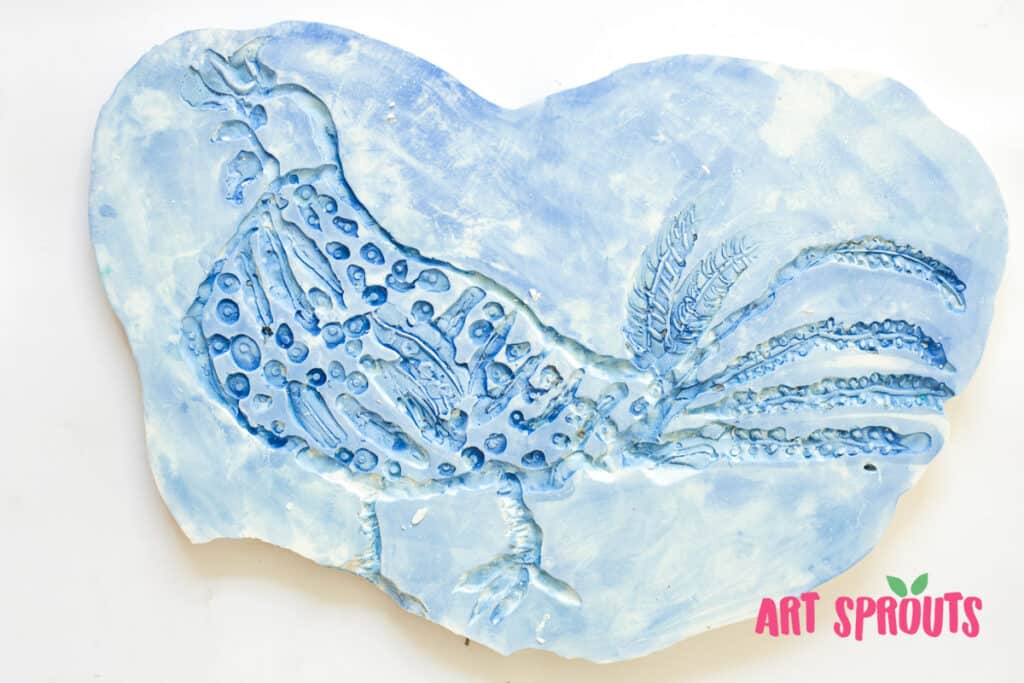
Mixed media
KT board was another essential material. We used it as a base for sculptures, a support for flat pieces, and even for carving and print-making!
- Metal wire
- Wool thread
- Fabric scraps
- Drinking straws
- Nails and hammer
- KT board
Staples and evergreen materials
Some supplies are so versatile that they can be used across a multitude of projects. Here are our go-to evergreen materials:



The most versatile supplies for kids:
- Pencils: An absolute staple. Whether for sketching, shading, or detailing, pencils are the backbone of many projects.
- Elmer’s Glue: this classic glue is perfect for all sorts of bonding needs, from paper crafts to lightweight sculptures. It’s reliable, easy to use, and safe for kids.
- Carbon Paper: often overlooked, carbon paper is incredibly useful, especially for transferring drawings onto rubber sheets for print-making. It also works well with other mediums, making it a versatile tool.
- Stick Glue: quick and clean, stick glue is ideal for paper projects and collages. It’s less messy than liquid glue and perfect for younger kids.
- Scissors: a must-have for cutting paper, fabric, and more. And don’t forget to include a few pairs for left-handed kids to ensure everyone can work comfortably!
- KT Board: this sturdy material is used as a base for sculptures, a support for flat artworks, or even as a carving surface. It’s durable, versatile, and a favorite in our studio.
Shop the list:
Upcycled materials for everyday use:
Given the need to be mindful of costs, upcycling became a fundamental practice in our studio. We made it a point to incorporate as many recycled materials as possible into our projects, not only to save money but also to teach the children about sustainability and creative reuse.

We often collected materials ourselves, but we also encouraged parents to contribute by bringing items for specific classes. Some of the main objects we collected included takeout containers, which were incredibly versatile for organizing supplies, mixing paints, or even as molds for plaster. Another staple was old magazines. We used them to protect tables during messy projects, as drying surfaces for wet artworks, and even as raw material for collage work. Plastic sheets and cardboard boxes were also regularly employed. There’s a world of possibilities in a simple cardboard box—from constructing sculptures to creating elaborate dioramas, the potential was endless.
By making use of upcycled materials, we were able to stretch our budget and also provide the children with a valuable lesson: art doesn’t have to be expensive. Creativity often flourishes when we’re challenged to think outside the box, quite literally in this case!
- Newspapers
- Cardboard boxes
- Cardboard rolls
- Egg containers
- Take-out plastic containers
- Bubble wrap
- Glass jars and containers
- Wood chopsticks
- Old magazines
- Cheap ceramic tiles
- Plastic sheets
- Plastic wrap
- Aluminum foil
- Toilet paper
Less common materials
While staples are essential, introducing less common materials can add a unique touch to kids’ projects.
These metallic foils are a great way to add a little sparkle to any artwork. We use them for everything from collages to accenting mixed media pieces. They’re easy to apply and always make a project feel a bit more special.
- Sewing Supplies
Introducing sewing supplies like needles, thread, and fabric scraps opens up a whole new realm of creativity. Simple sewing projects not only add texture and dimension to artwork but also help kids develop fine motor skills. Plus, stitching fabric into art pieces teaches patience and precision, offering a different kind of hands-on experience.

FAQ













































